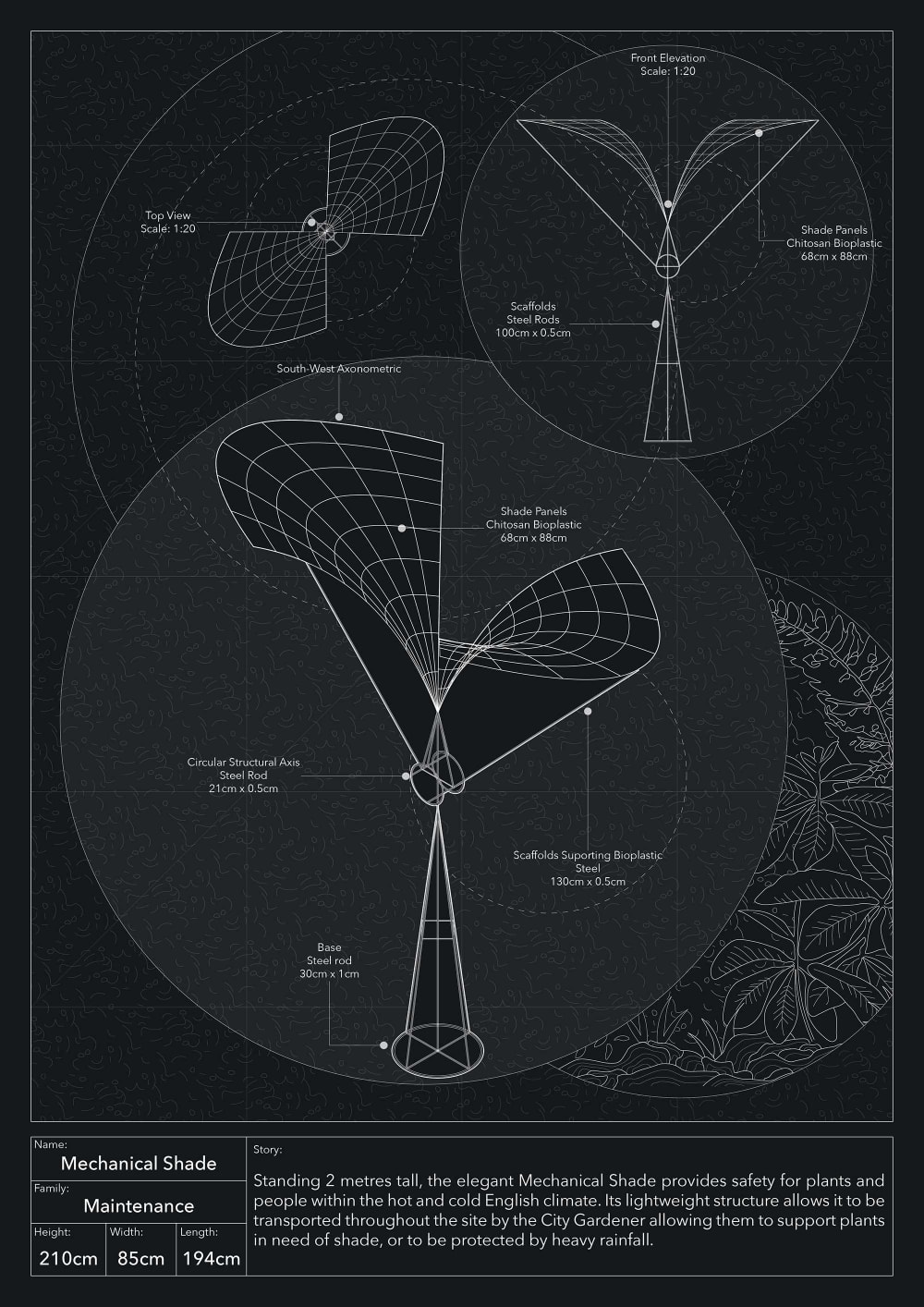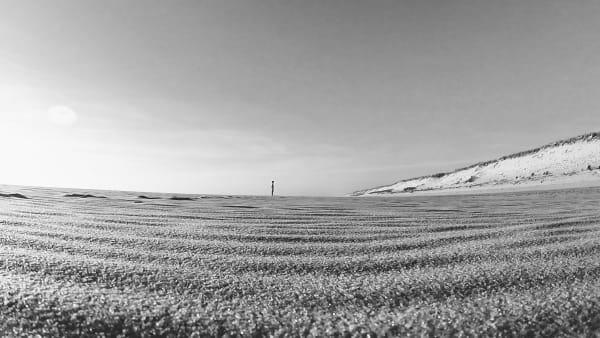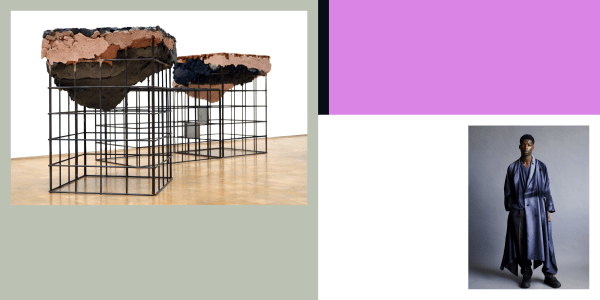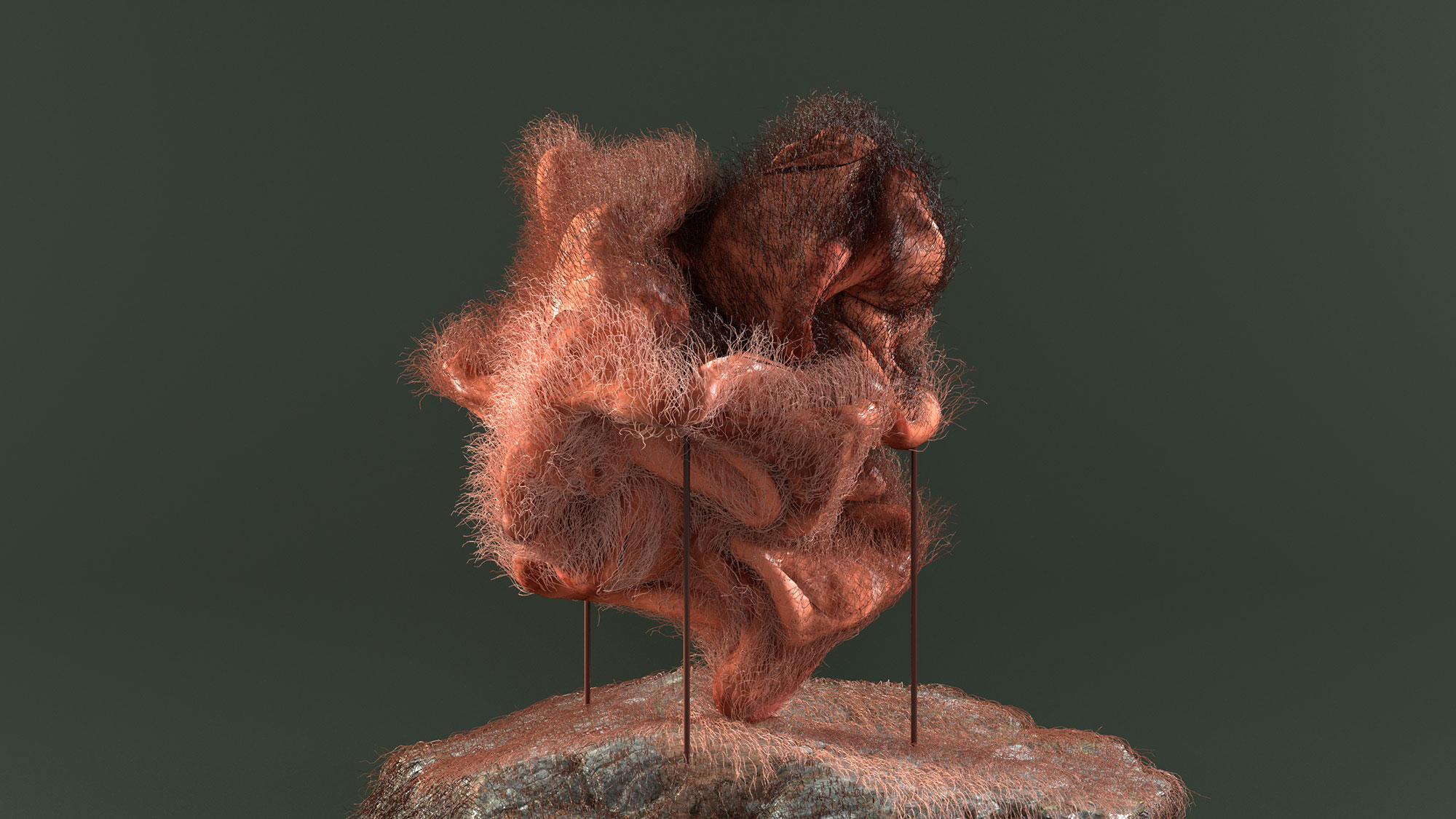We're proud to announce the six winners of the Maison/0 Green Trail which celebrates innovative responses by graduating students to the climate and biodiversity emergencies.
The Trail spans the College's disciplines and courses, highlighting design that responds to the climate and biodiversity emergency. The tricky task of choosing six winners was negotiated by a jury including Alexander Capelli, Environment Deputy Director at LVMH and Manuela Brini, Director of Creative Talent Acquisition and Development, LVMH Fashion Group alongside fashion journalist Tamsin Blanchard.
“This year, the breadth and diversity of the work by the Maison/0 Green Trail finalists were incredible and ranged from the poetic to the practical. The ideas and ways in which sustainable thinking, design and materials are being embedded in the students’ work across the pathways is so inspiring and gives me hope for the not too distant future. The conversations around social and environmental sustainability and the climate emergency have moved on so much even since the first year of this award, and it is important to see innovative solutions being put into practice. This has been such a challenging year for the students and their tutors, and the resourcefulness and resilience shown in so much of this work shows why we need creative thinkers to show us the way forward.”
Sachi Patil, MA Graphic and Communication Design
A poetic and graphic design interpretation of a conversation between an AI and a human about nature, ecology, and decay. What happens when the concept of decaying in nature is explored in tandem with machines? How can machines capture the process of decaying? This book explores and illustrates a conversation between a human and an AI trained by Sachi through the lens of decay.
By creating new associations with decaying, my work hopes to normalise these natural processed and encourage people to embrace the natural part of our life that enriches our ecosystems and helps things to grow. It highlights the various processes of decay in nature through 3D illustrations and conversations between a human and an artificial intelligence machine trained by the designer.

Julia Jueckstock, MA Biodesign
A bio-communnication design project; using live microbes to design posters to alert us about unseen radical risks triggered by the climate emergency.

Microorganisms play a critical role in regulating our biosphere, yet their climate-active potential is rarely discussed. By creating ‘living posters’ using microbes to print letters, this project builds on scientific research to tell us stories of the impact of climate change on life-supporting microbial activities.
When the permafrost melts, a whole range of new microbes will be released, endangering both humans and local biodiversity. In the ocean, oxygen-producing and photosynthetic carbon-capture microorganisms are under threat by rising temperatures. We are dependent on fragile webs of life where both macro and micro-organisms have co-evolved to produce the oxygen we breathe. Using biodesign tools, Julia has developed a microbe-centric design communication project as a call for actions to understand better the impact of climate emergency on the life-supporting microbial world we depend upon to survive.
Jeevan Chahal, BA Architecture
Woven through the fabric of London, an abandoned railway line awaits its opportunity to become part of London’s network of green spaces. The project aims to re-wild, reuse and regenerate the Camden Highline through the intersection of biomaterials and mechanical structures forming a family of biomechanical tools. The park will create new habitats for wildlife, and a new haven for local communities whilst simultaneously celebrating the history of the site through the revival of the abandoned railway tracks.

Luiz Undritz, MA Biodesign
Can we replace toxic inks with a living breathing organism? Phyto printing is a process in which a light projection is used to control the growth of phytoplankton to create high resolution prints and living materials that breath and metabolisd. Luiz’s aim is to design a phyto printer to make this process accessible to designers, artists and makers, giving them the opportunity to explore the possibilities of this new biofabrication process.

Francesca Daloiso, MA Industrial Design
Mitigating carbon emissions by developing new bio-circular materials made from xylella devitalised olive trees.
Xylella fastidiosa is a parasitic bacteria which is decimating olive plantations in Italy, South France, Spain and Portugal. Since 2013, 21 million trees have died of infection. Once contaminated the trees are fell and burnt, generating vast amounts of Co2 emissions. Located in Italy, at the heart of regions impacted, this design project proposes to recover and safely transform devitalised olive trees into high intensity wood panels to be used for the built environment, thus preventing harmful Co2 emission.

Hana Minowa, BA Fashion
Inspired by pre-historic Japanese craft from the Jomon period, the project uses hand-crafted knitting techniques to create new meaning and values out of materials that would otherwise be discarded or forgotten.
I was interested in how natural materials are raw, fragile and short living until they are put in contact with a person’s hands and preserved or crafted into something sturdy, refined and embellished.

Congratulations also to the four highly commended graduates:
Georgina Heaton, BA Product and Industrial Design
Annalisa Iacopetti, MA Design
Marie Melcore, MA Biodesign
Tatiana Muringani, M ARCH Architecture
Explore the entire shortlist on the Central Saint Martins Graduate Showcase.
Maison/0 is the Central Saint Martins-LVMH creative platform for regenerative luxury. Our partnership is committed to leveraging the agency of creativity and education to help regenerate our climate and biodiversity and to empower emerging talents to design a better future.
-

Virginie Nugere, MA Fine Art
-

Credit: Irene Roca Moracia, MA Design (left), Jiyong Kim, BA Fashion Menswear (right)


